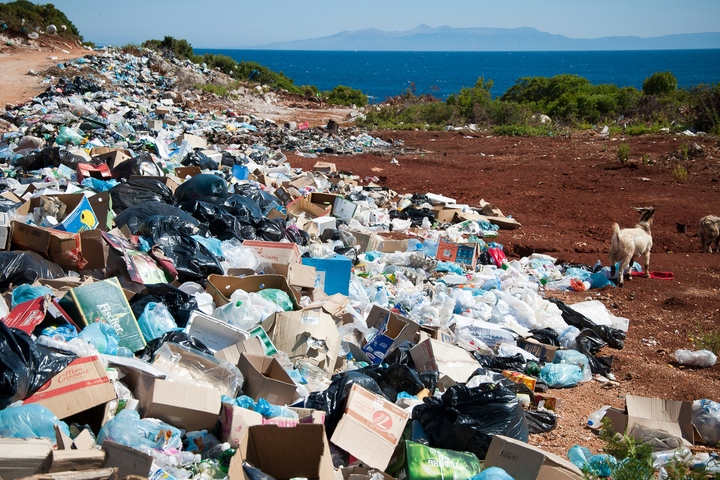PLASTICS WASTE
Report lists top 10 plastics waste exporters / Germany heads the leader board, followed by Japan and the UK
By Plasteurope.com correspondent
Germany, Japan, and the UK head a newly published list of exporters of plastics waste, while an accompanying report reveals the top 10 exporting countries, which includes that the US and Canada are responsible for sending more than 4.4 mn t of such waste abroad annually.
Germany, Japan, and the UK head a newly published list of exporters of plastics waste, while an accompanying report reveals the top 10 exporting countries, which includes that the US and Canada are responsible for sending more than 4.4 mn t of such waste abroad annually.
 Around 2% of global plastics waste is exported (Photo: Unsplash/Antoine Giret) |
Germany-based environmental group CleanHub (Berlin; www.cleanhub.com) said its research found its home country exported 668,067 t of plastics waste in 2023, Japan sent 606,374 t overseas, and the UK shipped out 600,000 t.
The Netherlands, the US, Belgium, France, Italy, Canada, and Austria made up the rest of CleanHub’s top 10 exporters of plastics waste last year, accounting for 71% of the global total.
CleanHub’s waste-export rankings are the result of aggregating a range of data on plastics waste shipments, gleaned from organisations such as the United Nations, Our World in Data, Wrap, and Science Direct.
While a number of countries have reduced their plastics waste exports over the past 12 months, including Germany (down 6%) and the US (down 28%), other nations have seen a rise in such exports. In the past year, Japan’s exports have grown by 7%, Canada’s by 10%, and over the past four years exports from the Netherlands have rocketed by 69%. CleanHub notes that the Dutch government is against a total ban on plastics waste exports, as is the UK.
Related: 56 companies responsible for half of branded plastics pollution
The biggest importers of plastics waste were listed as the Netherlands (796,234 t), Turkey (622,781 t), Germany (503,268 t), the US (446,831 t), Vietnam (378,944 t), and Malaysia (351,284 t).
For years, a key destination for plastics waste exports had been China, but in 2017 the country announced it would no longer accept such material. Consequently, exporters looked to send their waste to countries such as Vietnam and Indonesia, where much of the material finds its way into the wider environment, rather than being dealt with responsibly.
Presenting the CleanHub report, eco-journalist Josh Jackman said that globally, around 2% of plastics waste is exported, but this trade had a disproportionate effect on the world’s oceans.
“Around 5% of plastics that enters the ocean each year is made up of waste exports, according to Our World in Data, a total of around 635,000 t of bottles, bags, plates, and other detritus. This is largely because the plastics export trade is full of rich countries sending their trash to nations that don’t have the infrastructure or policies in place to process them properly.”
Nikki Stones, CleanHub’s marketing VP, said countries that had the capability to process plastics properly were instead handing over recycling responsibility to countries without the infrastructure, where it was often dumped or burned, creating toxic water and air supplies.
“Given many governments are reluctant to release official figures on plastics waste exports, the true figures could be worse than we thought. Like any environmental issue, plastics pollution is a problem we can only solve if we work together.
“We won’t overcome this challenge by simply passing on the blame. And if plastics waste exports are to continue, wealthy nations need to support developing nations [who are] often the ones importing waste in processing the waste effectively,” she said.
27.05.2024 Plasteurope.com [255264-0]
Published on 27.05.2024

 German version of this article...
German version of this article...